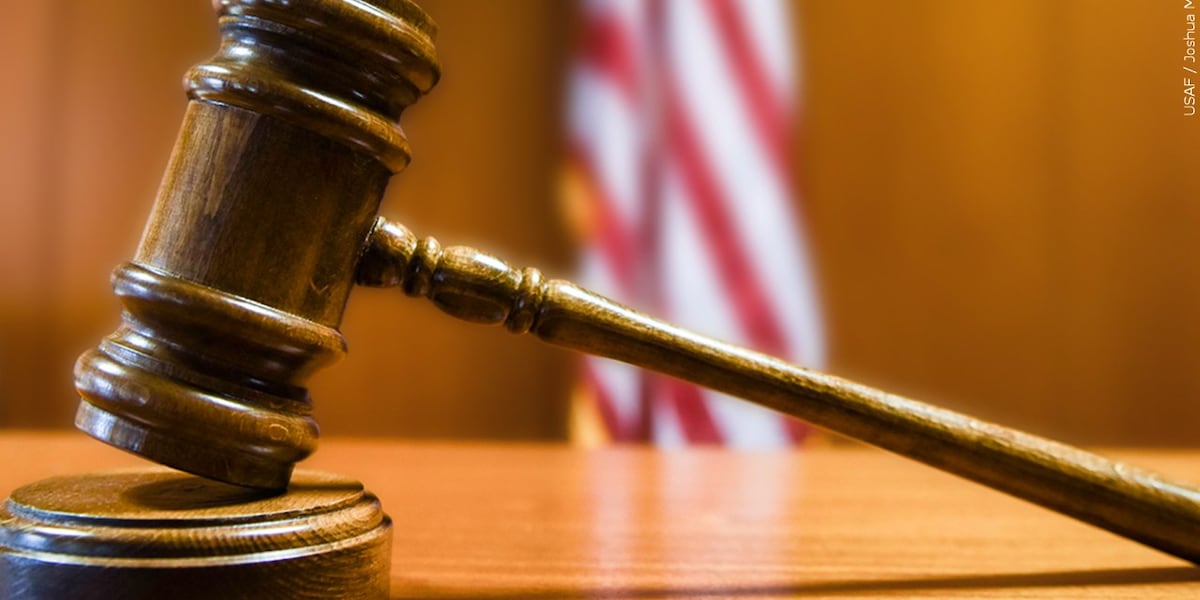
LAS VEGAS (KTNV) — CPR can be intimidating. In the event someone you love — or even someone you don’t know — goes into cardiac arrest, you may not know what to do.
After the recent deaths of two local high school students who went into cardiac arrest, that fear may be on people’s minds. UMC’s Healthy Living Institute offers free classes where, in less than an hour, community members can put those fears to rest.
About 350,000 cardiac arrests each year happen outside of the hospital, said Amy Runge, clinical nurse manager at the Healthy Living Institute. And about half the people who experience cardiac arrest at home don’t get the help they need to survive.
“So there is a large gap of individuals who don’t know what to do in the event of a cardiac emergency,” Runge told KTNV. “Anybody and everybody should learn the basic steps of adult, hands-only CPR.”
Runge dispelled a few common misconceptions about CPR — the first being that it’s so difficult, only medical professionals should perform it.
“People feel like ‘I can’t learn that, I’m not a medical professional,'” Runge said. “Anybody can learn CPR. It is designed to save a life in the moments before EMS arrives, so anybody can and should learn the steps.”
Not only can the average person learn CPR, but it could be vital to save the life of a person you care about, since the standard response time for medical personnel can vary based on your circumstances.
“The important thing to note is that nine out of 10 cardiac arrests happen outside of the hospital. So they may very well happen at home, and minutes are important in survival,” Runge said. “So if you learn how to act fast, you can increase the likelihood of survival — double or even triple it — by acting quickly before EMS gets there.”
Learning CPR
Another misconception that may deter someone from performing CPR is the idea of legal ramifications.
“That’s one of the reasons individuals are afraid to do it,” Runge said. “The good thing is, they’re protected by the Good Samaritan Law. So as long as they’re acting in the best interest of that person, doing what they can, they’re protected.”
People may also be intimidated by the idea that mouth-to-mouth is required for CPR to be effective. That’s not the case, Runge explained.
“Individuals will sometimes say, ‘Well, I don’t want to catch what they have. I don’t want to put my mouth on the victim,'” she said. “So there were updates that the American Heart Association did, and those updates include adult, hands-only CPR. Therefore, you can save a life by doing compressions in the center of the chest and not even doing mouth-to-mouth, so you are not potentially putting yourself at risk.”
UMC’s course is not an official CPR certification that might be required for a lifeguard or childcare professional, Runge clarified. But it can still teach you the skills to help someone you love in an emergency. The Healthy Living Institute also offers infant and child CPR classes, which take a little longer — about an hour-and-a-half to two hours, Runge said.
“I think it is so crucial to empower the general public to learn such a basic, life-saving skill,” Runge said. “Like I said, the majority of these events happen outside of the hospital, and people are scared. They say, ‘Well, what can I do? I can’t do anything.’ Yes, you can.”
Those interested in registering for a free CPR class through UMC’s Health Living Institute can do so at umcsn.com/events.




